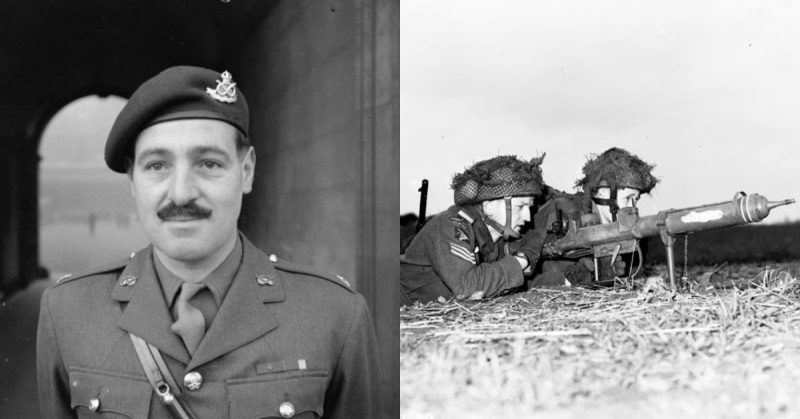Any man willing to take control of aircraft nicknamed “flying coffins” during World War II had to be a little bit crazy as well as patriotic and fearless.
One man in particular, Major Robert Cain, of the British Glider Pilot Regiment, was a perfect example of the guts and skill it took to fly gliders in the war. And for Caine, that skill and bravery led to a Victoria Cross.
In 1944, Caine was head of B Company, 2nd South Staffordshire Regiment of the glider-borne unit in the 1st Airborne Division. In mid-September of that year, he and his men reached their target site safely. This was after one earlier, failed attempt when the tow line connected to the lead plane snapped.
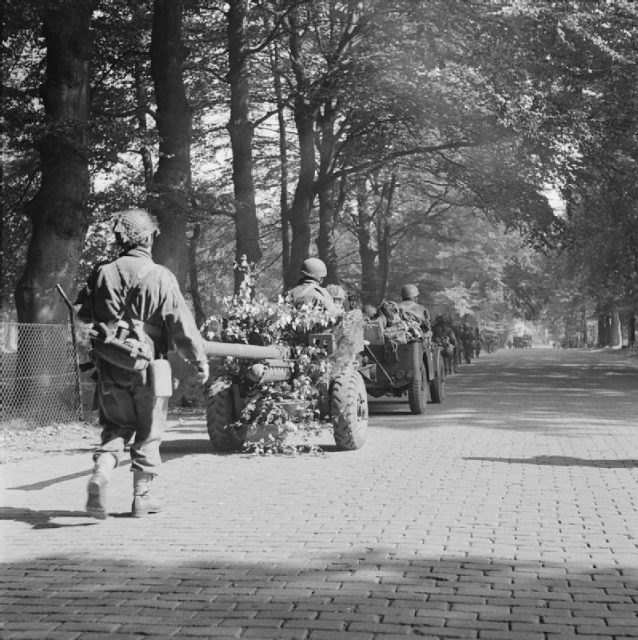
This time, however, they made it from Marston Airfield in England to a spot near Wolfhese, a village in the Netherlands. Cain’s men unloaded their gear and made it to safety, but soon they would face steep opposition from German tanks and guns.
His battalion was already struggling to make it to the Bridge of Arnhem. Their goal was to get to the 2nd battalion, which was holding fast at the site’s north end.
Finally, after 24 long hours, on September 19, Caine and his unit reached Arnhem. He got there just as the company was facing a serious threat at the Municipal Museum.
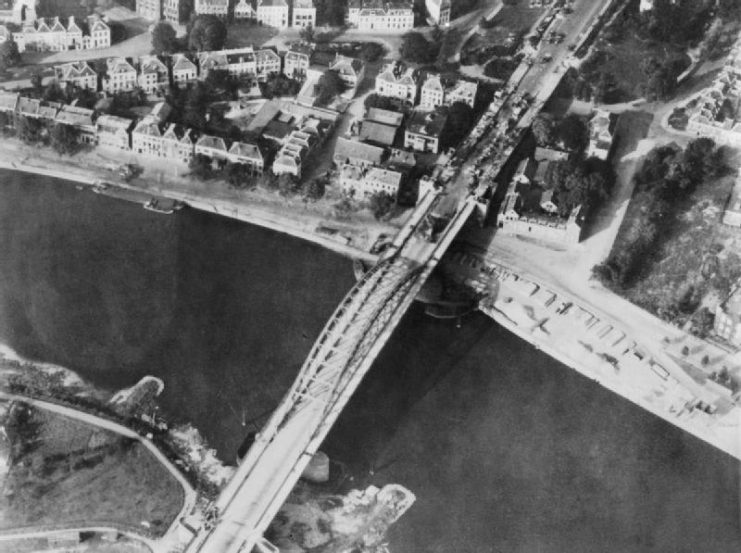
He and the others faced a continual barrage of German fire. Finally, their location became impossible to hold, and they had to pull back. Only Caine and a few soldiers got away unscathed; the rest were injured, killed or taken prisoner.
Suddenly, it was as if Caine’s companies had ceased to exist. He and his remaining men pulled back to Oosterbeek, from what Caine would later call “a death trap.” But Caine was not about to give up without a fight.
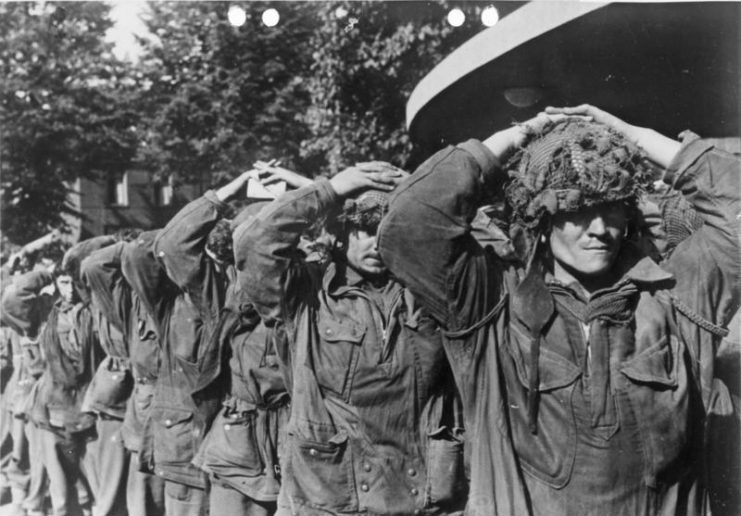
His superiors told him to galvanize the remaining men, about 100 soldiers. They got into position near the local church. But on September 21, German forces began a constant assault on the Ploegseweg River. It was this attack that ultimately spelled doom for the 1st Airborne Division.
But Caine survived by seizing a PIAT (projector, infantry, anti-tank portable) and bombarding the enemy. In the chaos, a bomb exploded so close to him that he momentarily couldn’t see. But remarkably, at that moment, the Germans began to retreat.
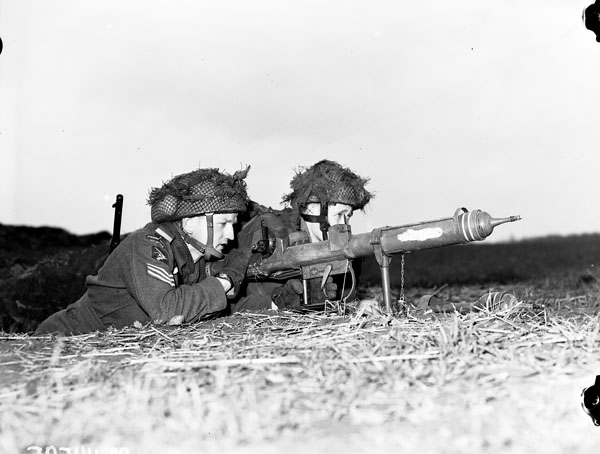
Another soldier saw the jeopardy Caine was in and pulled him to safety. After briefly receiving treatment, Caine insisted on returning to the battle. If there was one more tank he could disable, then Caine was determined he would do it somehow.
It was this brave recklessness, or this reckless bravery, that earned him a Victoria Cross. He simply refused to give up in the face of overwhelming odds, firing at German tanks with every weapon he could lay his hands on.
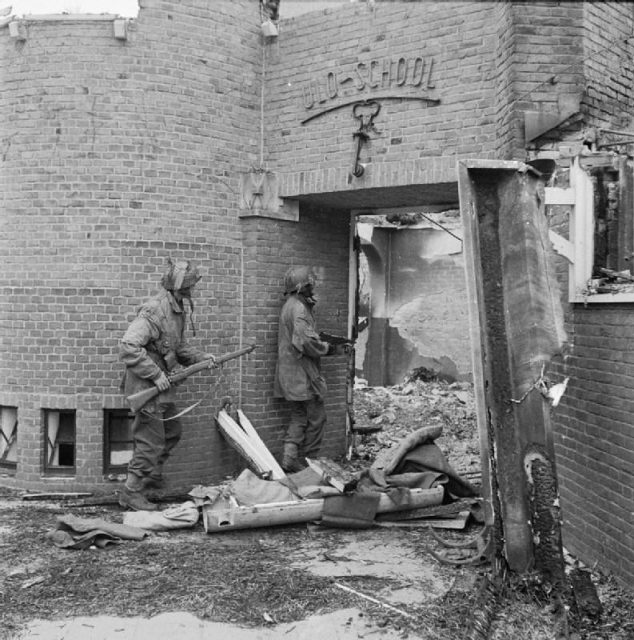
His Victoria Cross citation notes that Caine “gave no ground” to the German forces. In fact, he sent them fleeing in utter chaos. He alone ensured that several self-propelled guns and six German tanks, four of which were Tigers, had been destroyed.
By this battle’s conclusion on September 25, Caine was still positioned in the trench he held and fought from for days. But his ammunition for the PIAT had been exhausted, and all he had was a two-inch mortar. He had no choice but to try to get his men to safety.
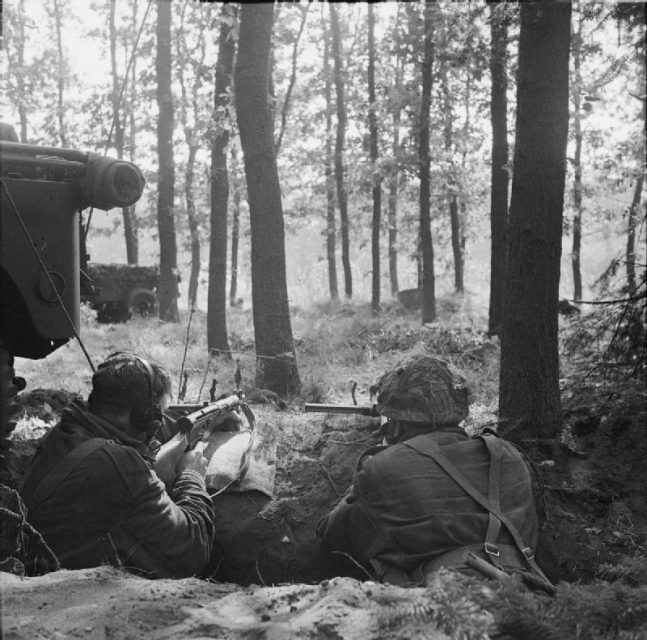
Under cover of darkness, he saw to it that every remaining soldier in his charge made it safely across the Rhine River. Only then would he cross. Brave and crazy – two characteristics needed in a glider pilot, and two traits that Major Robert Caine clearly embodied.
